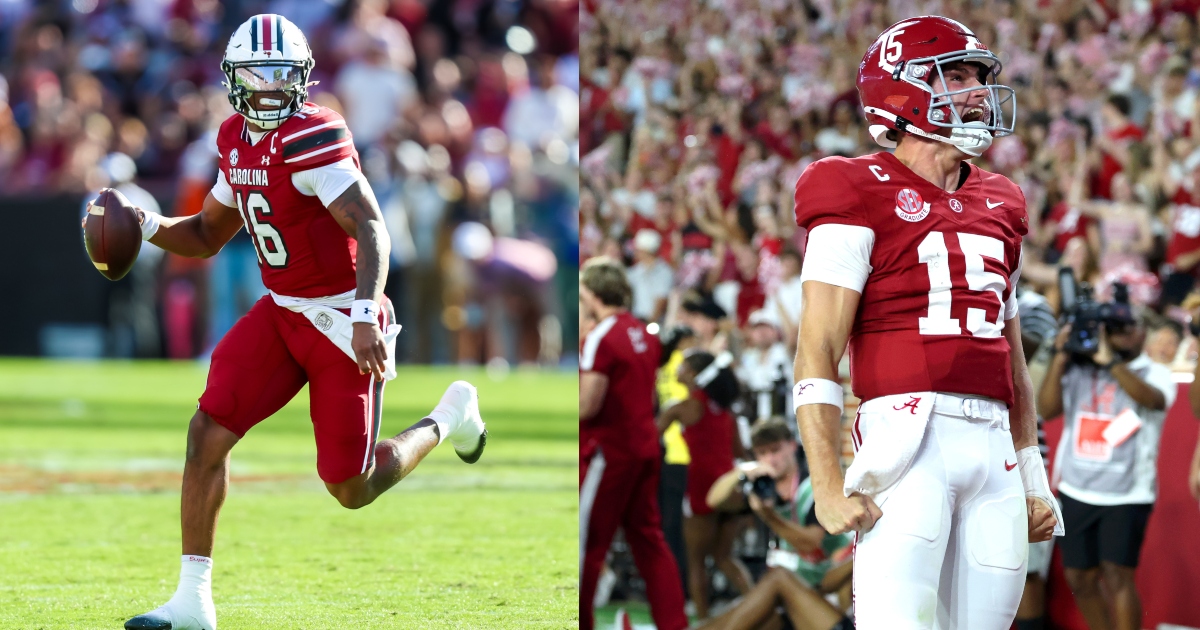Last night's Buffalo vs Cent Michigan game saw two senior LBs face off. One of course is black -Red Murdock and received a Shrine Bowl invite. Admittedly, his production is very good but you know who else played at Buffalo last year and was outright ignored and was a better player - Shaun Dolac who had an incredible season but of course was totally ignored.
Anyway last night I tweeted at the self made draft "expert" Eric Galko who is now the director of the Shrine bowl. I told him that the CMU LB Jordan Kwiatkowski needs an invite to the game as well and the comment was like by Jordan. I am sure Galko will see that interaction. He was a cottage industry draft "expert" that somehow became the director the second biggest all star game draft event. So far the Shrine Bowl invites have been completely predictable.
In doing a quick search of Galko for any supposed credentials or doing the things NFL scouts supposedly pride themselves on he has done none of it - poor pay, being on the road traveling during the season etc.
This interview is from 9 years ago and I did not watch it but here is the link and the highlights discussed.
By: Matt Harmon May 17th, 2016
www.thebackyardbanter.com
Highlights from this episode include:
- How a background in finance and law influenced Eric to take more interest in the business side of football.
- Why Eric enjoys some of the "off internet" portions of the job, including working with agents and thinking from a team perspective.
- The importance of character in the evaluation process, but why it is complicated and his experience with Connor Cook's parents this season.
- Eric notes that scouts are paying attention to interviews, why they are becoming important for Optimum Scouting and story on talking to Braxton Miller this draft season.
- Taking an interest in not only the players we cover as human beings, but also why Eric loves helping grow the following of lesser known analysts on Twitter by hiring them at Optimum Scouting.
Lot's of stupidity in this interview. No background in football, character importance is not at all important looking at so many black malcontents and morons that the NFL brings in ever year, scouts only pay attention to interviews in certain scenarios and Galko's role in growing the idiocracy that are self made "analysts". These are the lower rung gate keepers of the caste system that just parrot the tenets of the caste system.
Moral of the story is that more of us should be on social media because sometimes the players or their family members (Cole Payton's mother recognized a tweet I shot at the Senior Bowl director) recognize they or their son is being supported.

navysports.com







